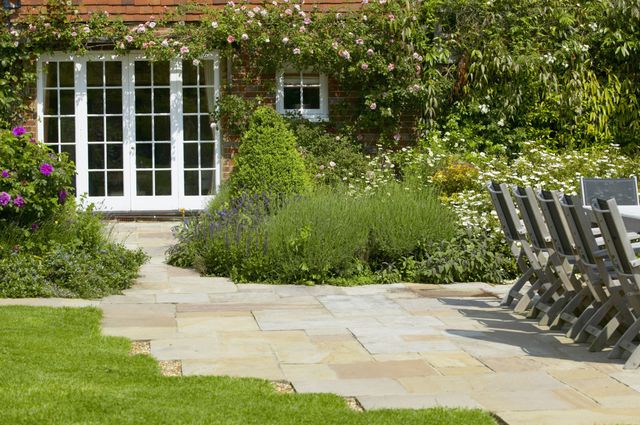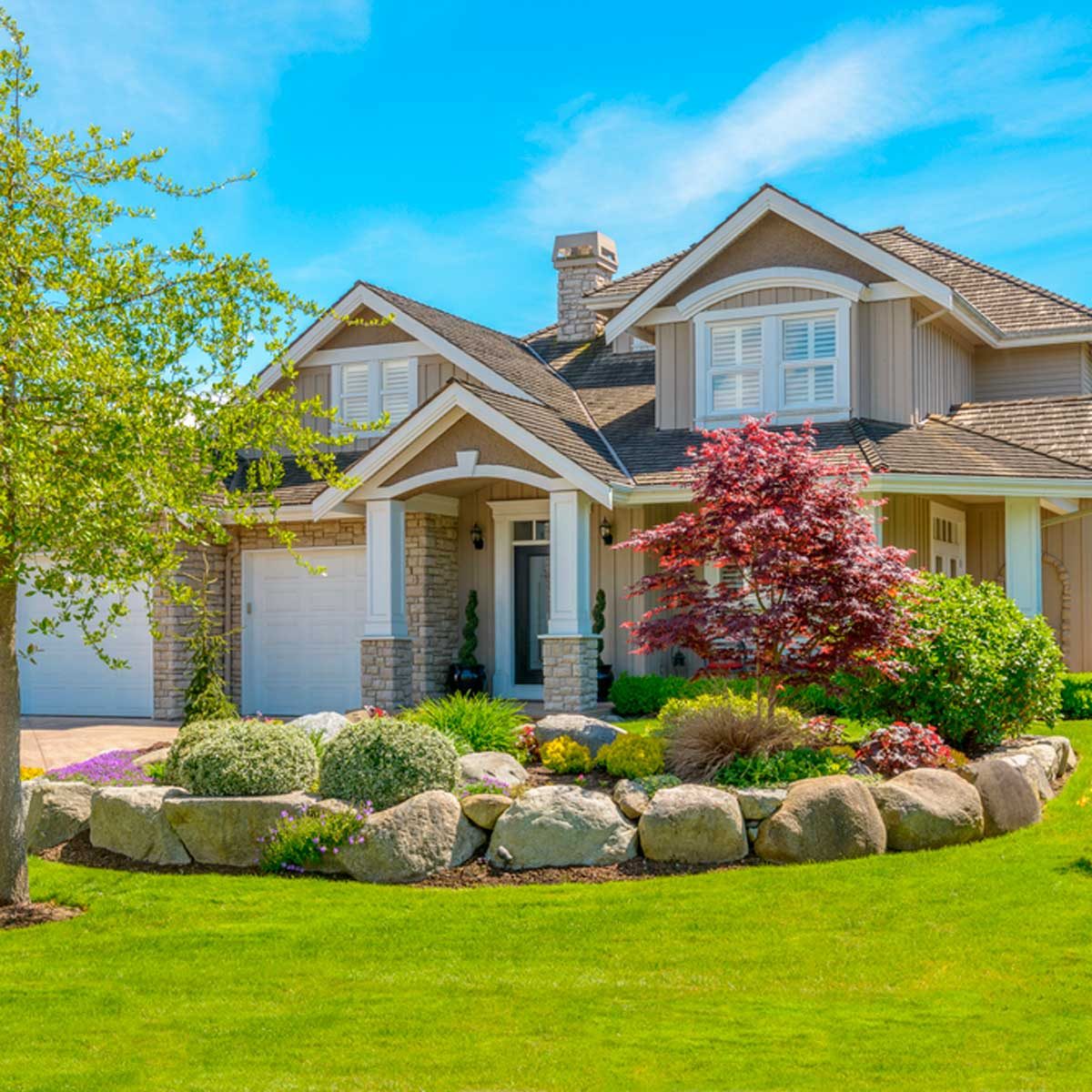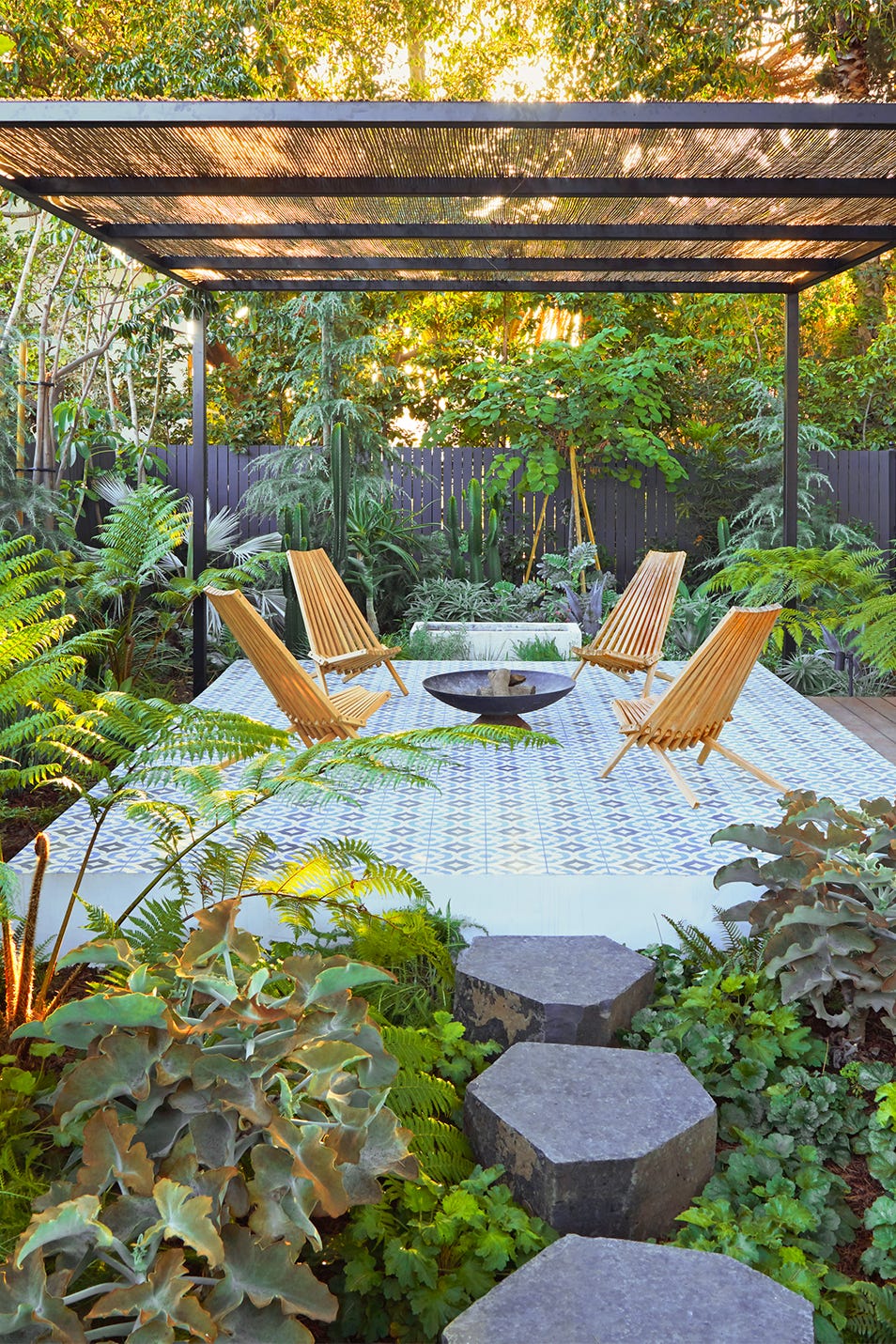Elevate Your Property's Aesthetic With Lasting Landscape Design Designs and Eco-Friendly Practices

Advantages of Lasting Landscape Design
Implementing sustainable landscape design methods not just preserves natural deposits however additionally promotes biodiversity and enhances general environmental wellness. By choosing environment-friendly landscape design techniques, residential property owners can enjoy a plethora of advantages that extend past just visual appeal. One considerable advantage is the reduction of water usage with making use of drought-resistant plants, rain gardens, and effective irrigation systems. This not only reduces energy expenses however likewise adds to water preservation initiatives in the neighborhood.
Additionally, lasting landscape design can improve dirt health and wellness by reducing the use of chemical plant foods and pesticides, thus producing a much healthier setting for plant growth and useful dirt microorganisms. This, in turn, enhances the overall strength of the landscape to withstand ecological stress factors and environment adjustment impacts - landscaping company Jacksonville. Furthermore, lasting landscaping techniques can bring in varied wildlife, including pollinators like butterflies and bees, fostering an extra balanced and vivid ecosystem within the residential property
Incorporating Native Plants
To construct upon the benefits of sustainable landscape design, a critical concentrate on including indigenous plants can further enhance ecological strength and advertise biodiversity within the landscape. Native plants are types that normally take place in a certain area and have actually developed to thrive in the regional environment, dirt problems, and community. By including native plants in landscape design designs, property owners can decrease water usage, lessen the need for chemical pesticides and fertilizers, and support the regional wild animals population.
Incorporating native plants also helps in preserving the special personality and identification of a region's flora. These plants usually need less upkeep once established, making them a cost-efficient and lasting landscape design solution in the long run. Additionally, indigenous plants can bring in indigenous pollinators like and butterflies, adding to the total wellness of the environment.
When selecting native plants for landscaping tasks, it is essential to pick types that are fit to the certain ecological problems of the site. Consulting with neighborhood baby rooms or botanical gardens can give beneficial assistance on selecting the best indigenous plants for a certain location. By incorporating native plants right into landscape design designs, homeowner can produce beautiful, sustainable exterior rooms that benefit both the neighborhood and the environment.

Water Conservation Strategies
Effective watering techniques play a vital role in lasting landscape design practices, making certain ideal water preservation initiatives in outside areas. Drip irrigation provides water straight to the roots of plants, lessening dissipation and overflow.
Along with sophisticated irrigation methods, xeriscaping is one more water-saving landscape design technique that concentrates on utilizing drought-resistant plants, mulch, and efficient watering to produce a low-water landscape layout - landscaping company Jacksonville. By picking indigenous plants that are appropriate to the neighborhood environment and soil problems, homeowner can minimize the requirement for excessive watering, eventually saving water and promoting a sustainable outside atmosphere
Eco-Friendly Hardscaping Concepts
Enhancing outdoor rooms with eco-friendly hardscaping attributes can add substantially to lasting landscape design methods. Decide for products like reclaimed wood, recycled concrete, or all-natural stone to reduce environmental impact when thinking about hardscaping elements. These products not just include a special visual attract your exterior space however additionally reduce the requirement for brand-new sources removal.
Carrying out permeable paving options such as crushed rock or permeable concrete can assist lower water runoff and promote groundwater recharge. These options permit rain to leak into the ground, visit the website protecting against erosion and reducing the burden on stormwater systems.
Incorporating native plants right into hardscaping styles can further boost eco-friendliness by supporting regional wild animals and minimizing the requirement for too much watering or chemical treatments. By incorporating vertical gardens or eco-friendly wall surfaces, you can introduce a lot more vegetation into metropolitan setups, boosting air top quality and biodiversity.
Including energy-efficient illumination, such as solar-powered LEDs, into hardscaping styles can reduce electrical power usage and lower your home's carbon footprint. Prioritizing environmentally friendly hardscaping ideas not just improves the elegance of your outdoor room but additionally shows a commitment to environmental stewardship.
Upkeep Tips for Lasting Landscapes

Frequently prune plants to advertise healthy growth and prevent overgrowth that can lead to pest conditions or infestations. Usage organic plant foods to nurture the dirt and plants without unsafe chemicals that can seep into the environment.
Final Thought
Finally, lasting landscape design practices use countless benefits for homeowner, from boosting the aesthetic appeal of the surroundings to promoting ecological preservation. By including indigenous plants, applying water preservation strategies, and using green hardscaping ideas, property proprietors can produce beautiful landscapes that are also environmentally liable. With proper upkeep, sustainable landscapes can add and grow to a much healthier environment for both humans and wildlife.
Additionally, sustainable landscape design can boost soil health by reducing the usage of chemical fertilizers and pesticides, thus producing a much healthier atmosphere for plant development and helpful soil organisms.To construct upon the benefits of lasting landscaping, a critical focus on incorporating native plants can better boost eco-friendly durability and promote biodiversity within the landscape. By including indigenous plants in landscaping designs, property proprietors can decrease water use, decrease the need for chemical pesticides and fertilizers, and support the local wildlife population.
These plants commonly need less maintenance reference when established, making them a cost-efficient and sustainable landscape design option in the lengthy this link run. By incorporating indigenous plants right into landscape design designs, property proprietors can develop lovely, lasting outside spaces that profit both the atmosphere and the neighborhood.